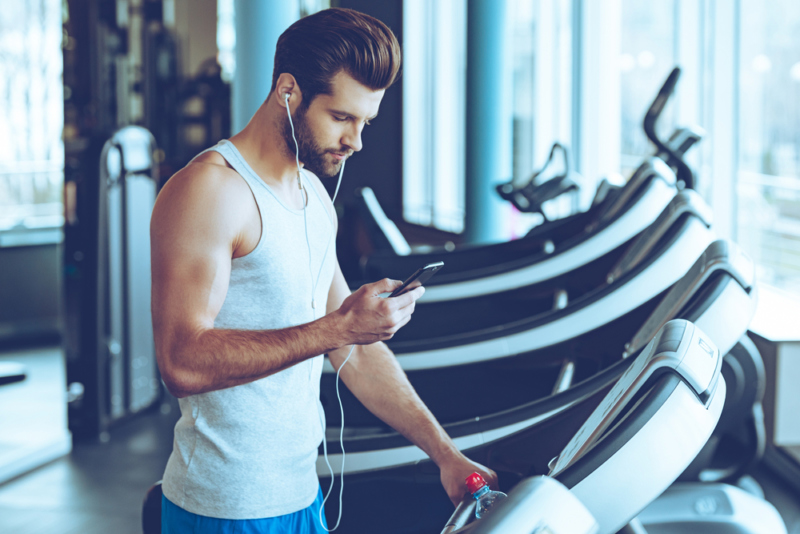The next time you go to the gym, take a look around you and see how many people are wearing headphones. Chances are the majority of the people on the treadmills, elliptical machines, and weight benches will have their ear buds in. And if not, they will likely be listening to the music the gym is blaring through its surround sound system.

Now, there is a reason for this. The science has told us for some time that music and exercise go hand-in-hand for a number of reasons. For one, according to a 2012 review of available studies by researchers at Brunel University in London, the science suggests that music distracts people from the pain and fatigue of exercise. It allows them to go longer and exert more energy than they would if they were in silence.
The Guardian reported that music provides enough distraction to enhance athletic performance by up to 15 percent. Another study showed that music was able to dictate how hard cyclists worked – the faster the beat of the music, the harder they worked in general. In addition to that, music can put those working out in a zone. If you have worked out to “Eye of the Tiger: and thought you were running up the Philadelphia Art Museum Steps, you are certainly not alone.
While Music Can Strengthen Your Workout, There Is a Catch
Before you go out on a run with your ear buds on, you should know that listening to music on your headphones when you exercise does pose a safety risk. A Dutch study published in the Journal of Accident Analysis and Prevention concluded that cyclists surveyed were impacted by listening to music and talking on their phones when they cycled.
They were less able to perceive sound, which is especially dangerous now as quieter vehicles, including electric vehicles, are entering the public market in greater numbers. In addition to that, the technology has improved to the point where users can literally cancel any music from their outside environment so they can just listen to what is going through their earbuds.
So how can those who run, cycle, or exercise in another fashion take advantage of the benefits of music without putting themselves at risk of injury or worse? One idea you can try is purchasing wearable speakers that fit around your neck rather than inside your ears. Wearable sneakers utilizing Bluetooth® technology could potentially allow you to listen to your music and still perceive those sounds around you. If you do not have access to wearable speakers or need to save up to buy a pair, you should keep the volume low enough on your current headphones so you can still hear the outside world.
The sense of hearing is very important to the evolution of many species, including our own. In prehistoric times, man used sound vibrations to perceive enemies and prey. Today, hearing enables us to avoid a car that might be coming near us or a tree falling from above. It’s very important for our safety, which is why you should do everything possible to maintain your awareness of your surroundings by not inhibiting your ability to hear the outside world completely during workouts.

